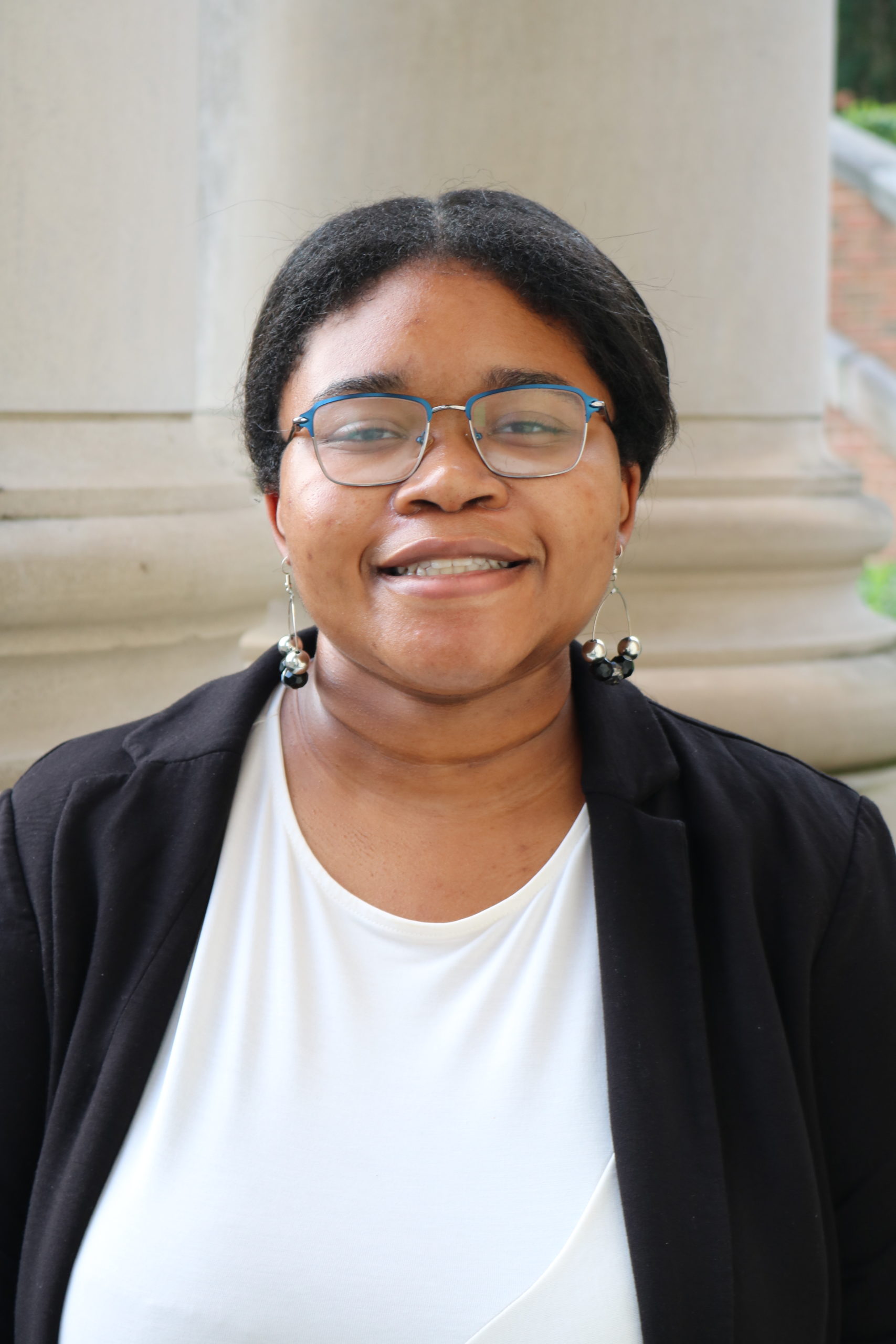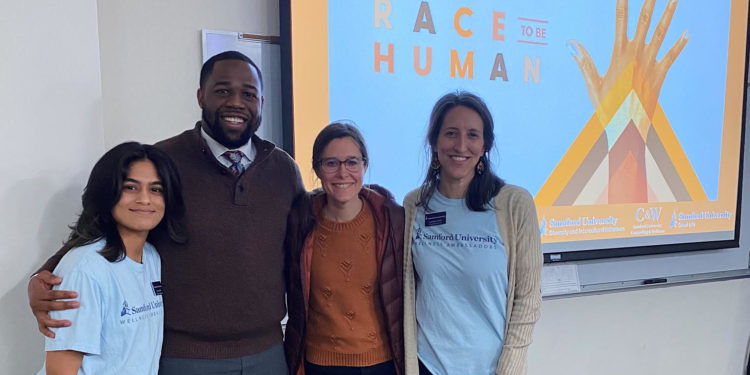Why am I told to check my privilege? What is allyship? I just got called racist what do I do now? Talking is great but what else can I do? What is the model minority myth? What is cultural appropriation?
“RACE to be Human” addresses the different components of racism and how it has impacted the lives of students and parents of color. This film was shown in Brock Forum on Feb. 21 and covered the concepts of microaggressions, colorism tokenism, model minority myth, and others the film discussed the racial stress that people of color face from these issues.
One example the film provided of racial stress was when a young Black man was driving at night. As he was driving, a police officer pulled him over because he thought he was someone else. Later in the film, the young man discussed how terrified he was that night due to the traffic stop.
Another incident in the film was when a young Hispanic man who was dressed in a hoodie was waiting for the city bus to take him home. As he was waiting, two police officers stopped by and said they suspected that he was on parole. In reality, he was not.
From the film, viewers also learn about how what we see on television and movies, what we read and what we see on social media can form our outlook on how we perceive certain racial groups.
When asked why the Counseling and Wellness Department decided to partner with the Office of Diversity and Intercultural Initiatives and Greek Life to hold this film screening and panel discussion, University Counselor and Wellness Coordinator Lyndsay Cogdill said the decision to show the film was an easy one.
“Counseling & Wellness has utilized IndieFlix’s films that emphasize different social/cultural issues and their connection to mental health over the last several years,” she said. “When their new film ‘RACE To Be Human’ was first advertised as set to release Spring 2022, I knew we had to be one of the first universities to screen it on campus.”
Cogdill went on to say Samford’s ongoing awareness campaigns help make the screening a natural fit.
“Given Samford’s expressed interest in promoting the dialogue around race and our response — i.e. how we can be better advocates against systemic racism and other ways we as an institution and community perpetuate unhelpful, if not explicitly hateful, behaviors and unconscious bias — it was a natural fit with our mission,” she said. “Wellness involves all aspects of who we are as people, so it’s imperative to address our ethnic and racial identities and all the implications of that when we talk about mental and holistic health.”
As seen in the film, people of color experience some form of racism at some point in their life. These experiences can cause anxiety, stress and, in some situations, have severe consequences on the person’s wellbeing.
Director of Diversity Enrichment and Relations Cameron Thomas also discussed how racism has impacted his life.
“Racialized trauma served as an uninvited guests into many of my experiences unbeknownst to me,” Thomas said. “Experiences of walking around campus and even interaction with police during traffic stops cemented the reality of racial dynamics. Being a professional and going to the right school did not exempt, even me, from experiencing racism.”
Thomas also discussed the role of therapy and how people of color can use it to preserve their mental health.
“If we truly want to fulfill loving the Lord our God with our heart, mind and soul then we must seek healing and restoration of our entire being. We can love Jesus and go to our therapist,” Thomas said.
Although racism has detrimental effects on people of color, students in the film explained strategies that schools can implement to make their environments a safer space.
They discussed the importance of teachers diversifying their curriculums to educate their students on other cultures and the importance of administrators being diverse in their hiring practices so that students of color can have teachers who can understand their experiences.
While racism can occur in any workplace, organization, or university, Clark and Thomas explained how this film can help Samford become a better place.
“This topic and film promote belonging. Our community reflects a myriad of experiences and cultures. We are made better by learning and listening to experiences of those in our community,” said Thomas.
Clark said the film’s screening helps propel Samford forward.
“Just like any institution of higher education, Samford has had its share of racist incidents in the past,” Clark said, “I believe this film will help our campus, just like any educational opportunity related to race/racism, better strive toward our mission.”

Staff Writer






